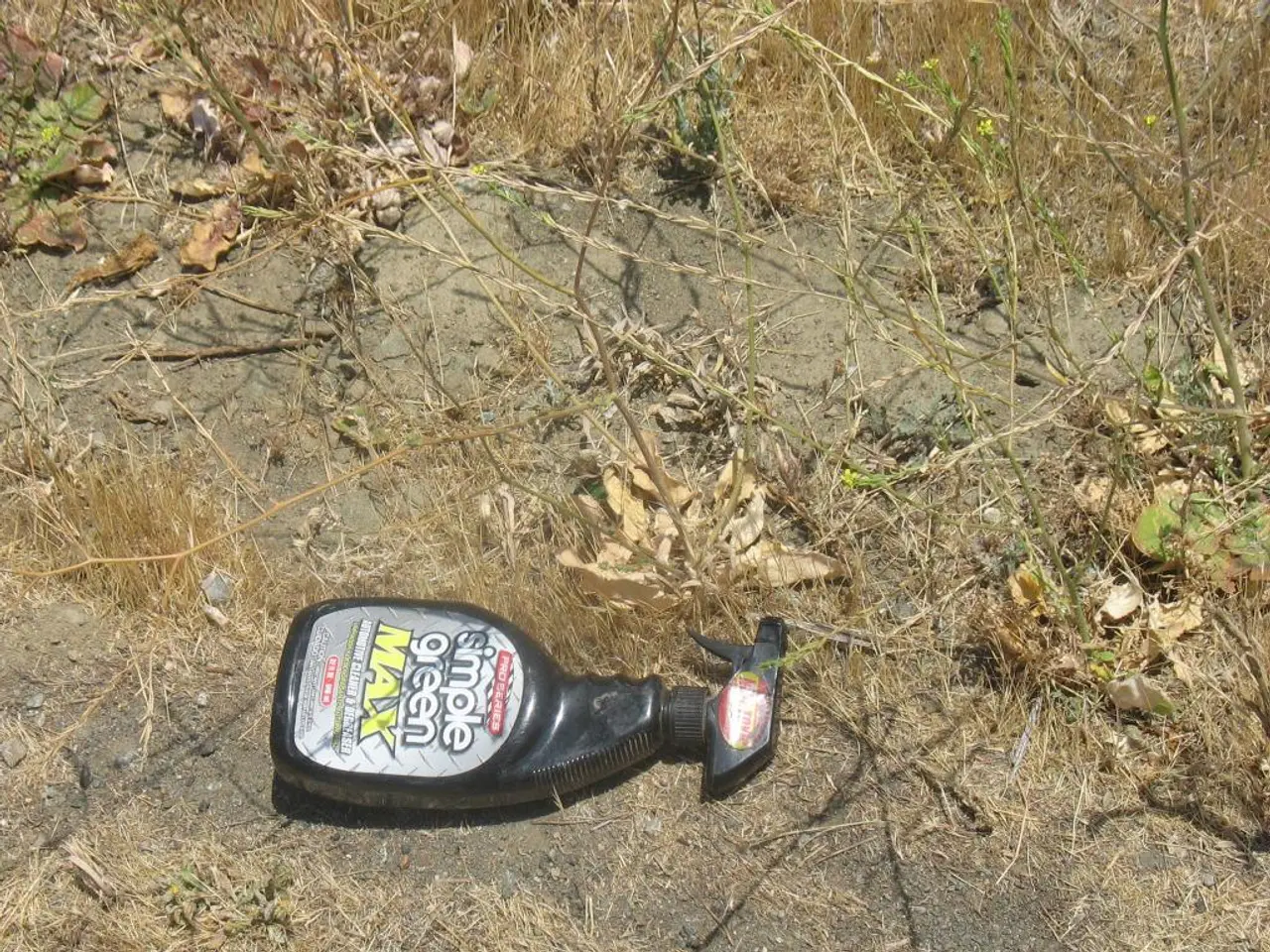Soaked Ground leading to Gradual Demise of Vegetation
Waterlogging, the prolonged saturation of soil with water, has profound effects on both plant roots and soil biochemistry, leading to significant changes in plant growth and soil health.
**Effects on Plant Roots**
The most immediate consequence of waterlogging is the depletion of oxygen in the soil, causing the rhizosphere to become hypoxic. This oxygen deficiency disrupts gas exchange between plants and the atmosphere, inhibiting root oxidative phosphorylation and drastically reducing ATP synthesis.
The impaired root function due to waterlogging results in reduced nutrient uptake, contributing to stunted growth and lower plant vigor. Waterlogging also makes plants more susceptible to root rot and other diseases, further reducing crop yields.
**Effects on Soil Biochemistry**
Waterlogging alters soil nutrient availability, leading to denitrification, which reduces nitrogen availability, and the increase of greenhouse gas emissions due to anaerobic conditions. Waterlogging also modulates the rhizosphere microbiota assembly, altering plant-microbe interactions and leading to changes in microbial populations and enzyme activities.
Poor drainage leads to structural changes in the soil, such as increased waterlogging and reduced aeration, which can disrupt the balance of the soil ecosystem. This can result in a gray or mottled appearance of the soil and the growth of aquatic plants in areas not typically conducive to them.
**Mitigating Waterlogging Effects**
Improving drainage, such as through the use of raised beds, can mitigate the effects of waterlogging. Some plants have adapted to waterlogged conditions, such as willows and marginal aquatic plants like flag irises, with special roots adapted to such conditions.
However, waterlogging leads to a build-up of gases like ethylene and carbon dioxide, which have further negative impacts on root growth. Roots in waterlogged soil may turn dark and develop a rotting odor, and the high texture contrast between sandy topsoils and clay subsoils increases the susceptibility to waterlogging.
First symptoms of waterlogging often appear in the leaves, with yellowing, wilting, and decay. Waterlogging can cause the entire plant to wilt due to its inability to absorb water from the soil. In clay soils, waterlogging can lead to the development of perched water tables during the growing season.
In waterlogged conditions, plants undergo anaerobic respiration, which is unsustainable and eventually leads to plant death. Anaerobic processes trigger changes in the soil biochemistry, making it unsuitable for plant growth. It is essential to address waterlogging issues to ensure the health and productivity of crops and maintain soil sustainability.
- The decomposition of organic matter in the soil, a crucial part of nutrient cycling in environmental science, can be hindered by waterlogging, negatively impacting skin-care essentials like vitamins and minerals derived from soil nutrients.
- The constant exposure to waterlogged conditions can contribute to aging plants prematurely, as roots are deprived of essential elements needed for proper fitness-and-exercise routines, such as growth and repair.
- Climate change, including increased rainfall and random extreme weather events, may intensify the occurrence of waterlogging, threatening the health-and-wellness of crops and environmental science by disrupting ecosystem balance and plant-microbe interactions.
- Nutrition and fitness-and-exercise performance can also be affected by waterlogging as the lack of oxygen restricts the uptake of essential nutrients, potentially causing deficiencies that impact physical performance and overall well-being.




